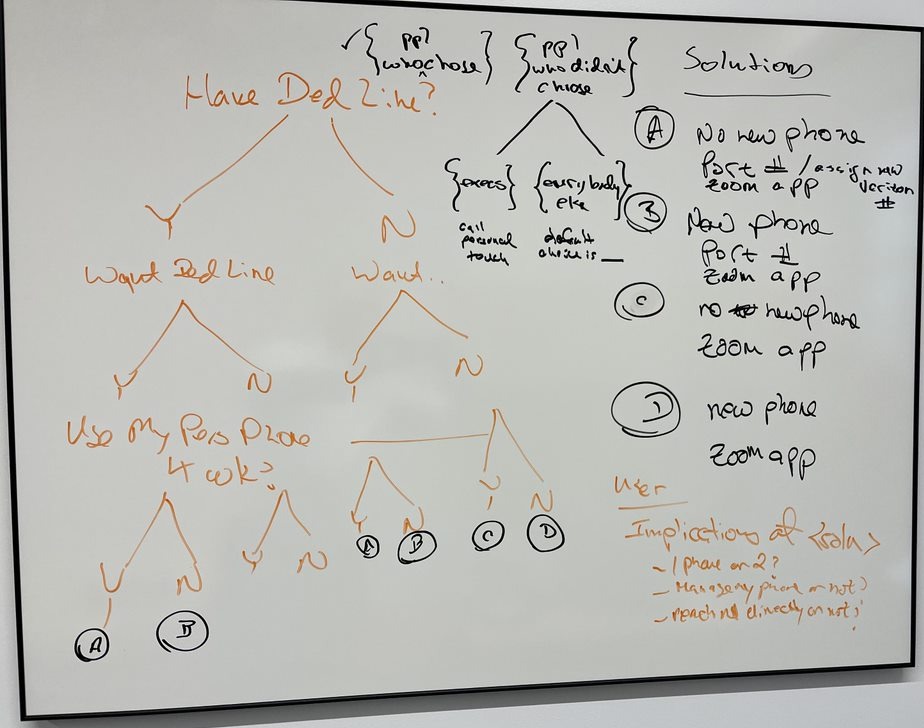I did something unusual last week. I met a person for lunch and a meeting. In person. It was wonderful. I could talk about the dim sum (thank you, Yank Sing!) but I will focus instead on our post-lunch conversation. Namely, how to get a project unstuck.
“We never get anything done around here!” Ever hear that statement? Maybe you have uttered it yourself. One thing that contributes to that sentiment is when projects seem to be forever stuck. What can you do to get your project unstuck? Let us find out.
Get Your Project Unstuck. For Your Peace of Mind.
Allow me to take a detour and share two influences on my thinking about how to get your project unstuck.
My Dad loved to try doing new things. He had a house that needed lots of fixing up. So, there was no shortage of projects to undertake. He would eagerly await the delivery of Sunset magazine. Inevitably, we would take on one of the projects described there, to make our house look a little more like some trendy Menlo Park home. (It could have been worse. My neighbor was building a concrete boat in his back yard.)
The trouble was my dad would lose interest before we finished the project and move on to other ideas. I was left with finishing the old project. I learned about what it took to get a project unstuck. (Ask me for a tour of the brick patio/built-in barbecue/pizza oven next time we are in LA.)
As a Product Manager, I was again immersed in projects. You cannot deliver new products or features without delivering the software and hardware they embody. And, when they fired all the Project Managers one year, guess who got to take over the job? You are correct. Let me just say I became deeply acquainted with Microsoft Project.
With that as background, I will share some thoughts on how to get your project unstuck.
Begin With the End in Mind
I think that is a Steven Covey quote. Here is another way of saying the same thing. “How will I know when we are done?” You can do a lot to get your project unstuck by defining what it means to be “done.”
Now, that is not everyone’s style. Some people like projects that start with one goal and then evolve to include other goals or shift their focus as the world changes.
I am not one of those people.
If you would also prefer to get your project unstuck, follow along as I describe my interaction with a colleague.
George and the Almost Complete Phone System
I have been working with George on developing his skills as a manager. I told George early on that we should find a project to work together. Otherwise, I would subject him to all my management stories (remember that scene from The Princess Bride when Wesley is strapped to the torture device?) and they would not “stick” since they lacked application to an actual problem.

George has been working on the implementation of a Zoom phone system. Some parts of the project have gone smoothly. The part that has been stuck involves assigning phone numbers to staff.
George described the problem to me. I asked a lot of questions, even dredging up Direct Inward Dial numbers as I tried to ensure that George and I were speaking about the same things.
George was stuck on a problem that had a few facets. If we could define the scope of the problem, we were sure it would help us get the project unstuck.
- Did the user already have a dedicated number?
- Who needed numbers that outsiders could use to reach the person directly, without going through an operator or (likely) an auto attendant? Of these folks, who had such a number already (courtesy of the old phone system) and who didn’t but needed one?
- Who was planning to use their personal mobile phone for company business? And who wanted to use a company-supplied mobile phone?
These three questions had distinct outcomes. (Think, “If A, then B.”) How could we define these outcomes? And how could we communicate to users the impact of their choices? Each outcome had different implications. For instance, if you chose to use your personal phone for company business, you would have to agree to let the company manage it (at least, the company data on it).
Process Flow to the Rescue
George and I spent an hour thrashing things out. We wanted to get to an answer to that question I raised above. “How do I know when I’m finished?” This would help us get the project unstuck. It was helpful to chase down all the conversation threads. For instance, we realized that the question of giving people a telephone set was not even an issue (no one was getting a telephone instrument.)
After we were confident we understood the problem, we sketched out the choices on a whiteboard. (See fuzzy image above). We realized that there were three questions to answer. Each response to the first question (yes or no) lead to the second question, also with two responses. And each of those led to a yes/no response to the third question. In all, we sketched eight possible outcomes.
We were able to map four solutions to these eight outcomes.
- You get the Zoom app and a new mobile phone. We port your existing number to the new system, or assign a dedicated number if you did not already have one.
- Your get the Zoom app and use your existing mobile phone. We port your existing number to the new system, or assign a dedicated number if you did not already have one.
- You get the Zoom app and a new mobile phone. We assign you a number from the Zoom pool.
- You get the Zoom app and use your existing mobile phone. We assign you a number from the Zoom pool.
A Roadmap for Gathering Responses
One of the ways this exercise helped us get the project unstuck concerned following with staff on their choices. We broke out the non-respondents into two groups: executive staff and everyone else. We elected to personally contact executive staff. And we had three simple questions to ask them (together with an explanation of what their choices would mean). We could probably knock out this group with a 5-10 minute phone conversation per executive.
For the balance of the staff that had not originally responded, we could construct a simple survey. It would take people just a few minutes to respond (again, with information on the implications of their choices).
Importantly, we explained what we would choose for anyone who failed to respond. This was crucial for getting the project unstuck. We could not afford to allow someone’s lack of response to hold up the entire project.
Use This Technique to Get Your Project Unstuck
George and I were able to get his project unstuck because we accomplished a few things.
- We clarified what was holding up the project—responses about who wanted a dedicated phone number.
- By defining the possible outcomes of a choice, we were able to enumerate the outcomes and describe their implications. This will not always be possible. In our case, we were able to explain that staff would be treated in one of four ways, depending on their answers. Knowing what the outcomes could be helped us understand what we had to plan for.
- We cracked the non-response problem by defining how we would handle non-respondents to the questions. Lead, follow or get out of the way.
- Finally, we were able to anticipate questions about what each choice would mean for the user. Knowing the implications meant that we could help the user decide vs. continue to put it off a decision.
I hope you can use this example to think about how to get your project unstuck. Or if you would prefer, I can send you the plans for that pizza oven.





0 Comments